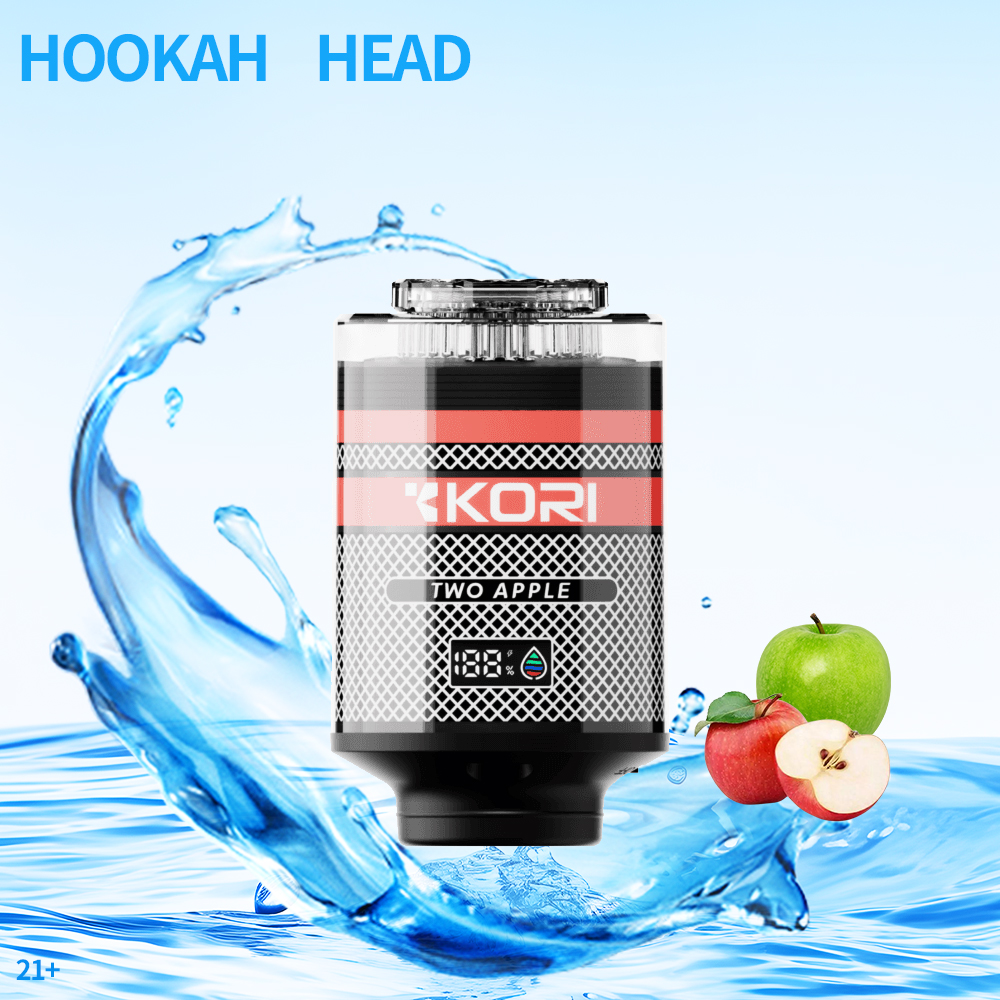The Rise and Risks of Vape Shops: A Closer Look at the Growing Industry
In recent years, vaping has surged in popularity, leading to a remarkable explosion of vape shops across the globe. Once a niche hobby, vaping has evolved into a significant segment of the tobacco and alternative smoking market, drawing in millions of users. As more people turn to vape shops for their nicotine and flavor needs, it becomes crucial to understand the factors contributing to this rise and the associated risks.
The Growth of Vape Shops: Fuelled by Demand
The increasing acceptance of vaping as a lifestyle choice has been a primary driver of vape shop proliferation. According to recent studies, more than 55% of vaping enthusiasts initially transitioned from traditional cigarettes, seeking a less harmful alternative. Consequently, vape shops have become prominent fixtures in urban landscapes, catering to this burgeoning demographic.
Moreover, the diversity of available products has played a significant role in attracting customers. Unlike traditional tobacco products, vape shops provide a wide variety of e-liquids, devices, and accessories to cater to different preferences. From fruity flavors to nicotine-free options, the allure of customization and personal expression has transformed vaping into a personal experience celebrated within the community.
Understanding the Risks: Health and Safety Concerns
While the explosion of vape shops has created a vibrant culture around vaping, it has also raised health concerns. Although many view vaping as a less harmful alternative to smoking, it is not without its risks. Recent research has shown that some e-liquids contain harmful substances, including formaldehyde and acrolein, which may pose serious health threats.
Furthermore, incidents of vape-related lung injuries have raised alarms among health experts and regulators. The Centers for Disease Control and Prevention (CDC) reported over 2,800 cases of vaping-related lung injury, with multiple fatalities linked to THC-containing e-liquids. These alarming statistics have sparked debates about the regulation of vape products and the necessity of industry oversight to ensure consumer safety.
The Regulatory Landscape: Navigating the Legal Framework
As the vaping industry grows, so does the need for regulation. Governments worldwide are grappling with how to approach the booming market while prioritizing public health. In the United States, the Food and Drug Administration (FDA) has introduced various policies to regulate e-cigarettes and vaping products, including age restrictions and product registration requirements.
Implementing regulatory frameworks can help mitigate some risks associated with vaping. However, the rapid pace of innovation in the industry often outstrips existing legislation, leading to gray areas that can put consumers at risk. Vape shop owners and manufacturers must stay informed about evolving regulations to ensure compliance while providing safe products to consumers.
Community Connection: The Role of Local Vape Shops
Vape shops are not merely retail spaces; they often serve as community hubs for enthusiasts. Many stores host events, offer product demonstrations, and provide educational resources about vaping and related health issues. This communal aspect fosters a sense of belonging among users and encourages the exchange of information, aiding individuals in making informed choices about their vaping habits.
Moreover, local vape shops frequently pride themselves on sourcing high-quality products. By collaborating with reputable brands and offering lab-tested e-liquids, these businesses can distinguish themselves from less responsible retailers in the market. This dedication to quality enhances customer trust and strengthens the shop's position within the vaping community.
Empowering Consumers: The Importance of Education and Awareness
As the vape shop industry expands, educating consumers becomes critical. Knowledgeable staff can make a considerable impact by providing accurate information about products, associated risks, and safe usage practices. Many vape shops emphasize customer education, offering one-on-one consultations to assist users in making informed choices that align with their preferences and health considerations.
Furthermore, developing resources such as blogs, FAQs, and social media content can empower consumers to understand the nuances of vaping. By spreading awareness of potential health risks and promoting responsible usage, vape shops can cultivate a well-informed community. This proactive approach not only benefits consumers but also positions the shop as a leader in the industry.
The Future of Vape Shops: Trends to Watch
Looking ahead, several trends could shape the future of vape shops. E-commerce is rapidly evolving, allowing consumers to purchase products conveniently online. With many traditional retailers adapting to this trend, local shops may need to enhance their online presence to remain competitive.
Additionally, the introduction of new technologies could revolutionize the vaping experience. Innovations like temperature control devices and smart vaporizers are gaining traction, presenting opportunities for vape shops to diversify their offerings. Those willing to embrace change and adapt to emerging trends will likely thrive in the dynamic landscape of the vaping market.
Building a Sustainable Future: Eco-Friendly Practices in Vaping
As environmental consciousness grows, vape shops must also consider their ecological footprint. More consumers are seeking sustainable options, including recyclable packaging and eco-friendly e-liquid ingredients. By prioritizing sustainability, vape shops not only align themselves with consumer preferences but also contribute positively to the environment.
In response to this demand, several manufacturers are beginning to produce biodegradable vape products. This shift toward sustainability presents an opportunity for vape shops to distinguish themselves and appeal to eco-minded customers while promoting responsible consumption.
Final Thoughts: Navigating a Complex Industry
The explosion of vape shops represents both an opportunity and a challenge. As the industry grows, stakeholders must navigate the intricate landscape of health concerns, regulations, community building, and technological innovation. By prioritizing consumer education, safety, and sustainability, vape shops can play a pivotal role in shaping the future of vaping and ensuring a responsible market that serves the needs and interests of all users.





